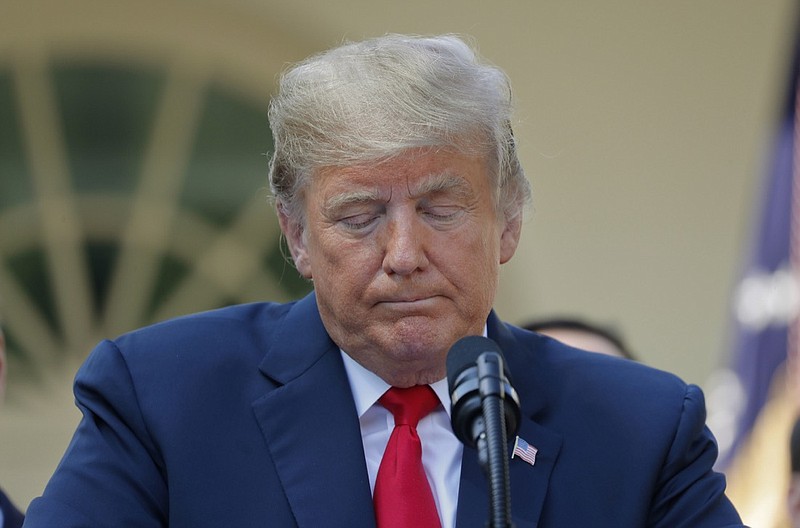Last week, the President announced an agreement to freshen up the North American Free Trade Agreement or NAFTA. The new pact looks much like the original in its key aspects but does include some new provisions beneficial to the United States. This is excellent news, since the President campaigned on a promise to obliterate the 1993 accord. In the event, the essential elements that created the world's largest free trade zone were retained, even if the name was changed. Don't call it NAFTA II: the new, unpronounceable moniker is the USMCA, or the U.S.-Mexico-Canada Agreement.
NAFTA succeeded in creating a North American auto manufacturing colossus. The new concordat adds a few tweaks. In order to avoid tariffs, a car must now contain at least 75 percent North American content, up from 62.5 percent currently, an effort aimed at reducing parts imports from Europe and Asia. More significantly, the agreement phases in a requirement that 40 percent of the parts in a vehicle must come from "high-wage" factories whose production workers earn at least $16 per hour. The impact of this provision is unknown, since the average Mexican auto worker earns one third of that amount. The impetus here is to channel more automotive work to the United States.
The USMCA also requires Mexico to allow workers to organize and join labor unions, prohibit discrimination of women, and extend equal labor protections to migrant workers (no word yet as to whether Mexico will build a wall and demand that Guatemala pay for it).
U.S. farmers will benefit from an opening of the Canadian dairy market. Many of Canada's notoriously protectionist barriers on milk and cheese will be gradually lifted, and a dispute over the use of certain trade names for varieties of cheese is resolved. The economic impact of the dairy provisions was minor, but the issue was a major sticking point for the President and its resolution cleared the way for a deal.
Protection of intellectual property rights was strengthened, extending the length of copyrights from 50 to 70 years, eliminating import duties on digital content like music and e-books, and relaxing legal liability for content provided by internet companies.
Additionally, pharmaceutical manufacturers gained enhanced patent protection for biologic drugs sold in Canada, and some financial institutions will be granted greater access to Canadian and Mexican financial markets.
Of major importance to Canada especially is the conflict resolution mechanism. President Trump initially insisted that the dispute settlement regime within NAFTA be scrapped; in the end the so-called "Chapter 19" enforcement process was retained intact.
Thankfully, the new agreement differs only in a couple of bells and a shiny new whistle, but the outcome could easily have been much worse. NAFTA has been a dazzling success, quadrupling North American trade since its implementation. Canada and Mexico now comprise the two largest export markets for U.S. goods, and the pact has added an estimated 0.5 percent annually to U.S. GDP. Its demise would have had had severe consequences for American output and jobs.
One equally noteworthy consequence is not so positive. Our willingness to play the schoolyard bully snatching the other kids' lunch money will have lasting consequences. Ironically, most of the changes embodied in the USMCA agreement were included in the Trans Pacific Partnership (TPP) agreement, nearly completed when the President withdrew from it during his first week in office. We could have had a better deal with less drama.
President Trump often called NAFTA the "worst trade agreement ever made." The new agreement looks a lot like the old one with a few refinements, but don't call it NAFTA.
Christopher A. Hopkins, CFA, is a vice president and portfolio manager for Barnett and Co. in Chattanooga.

